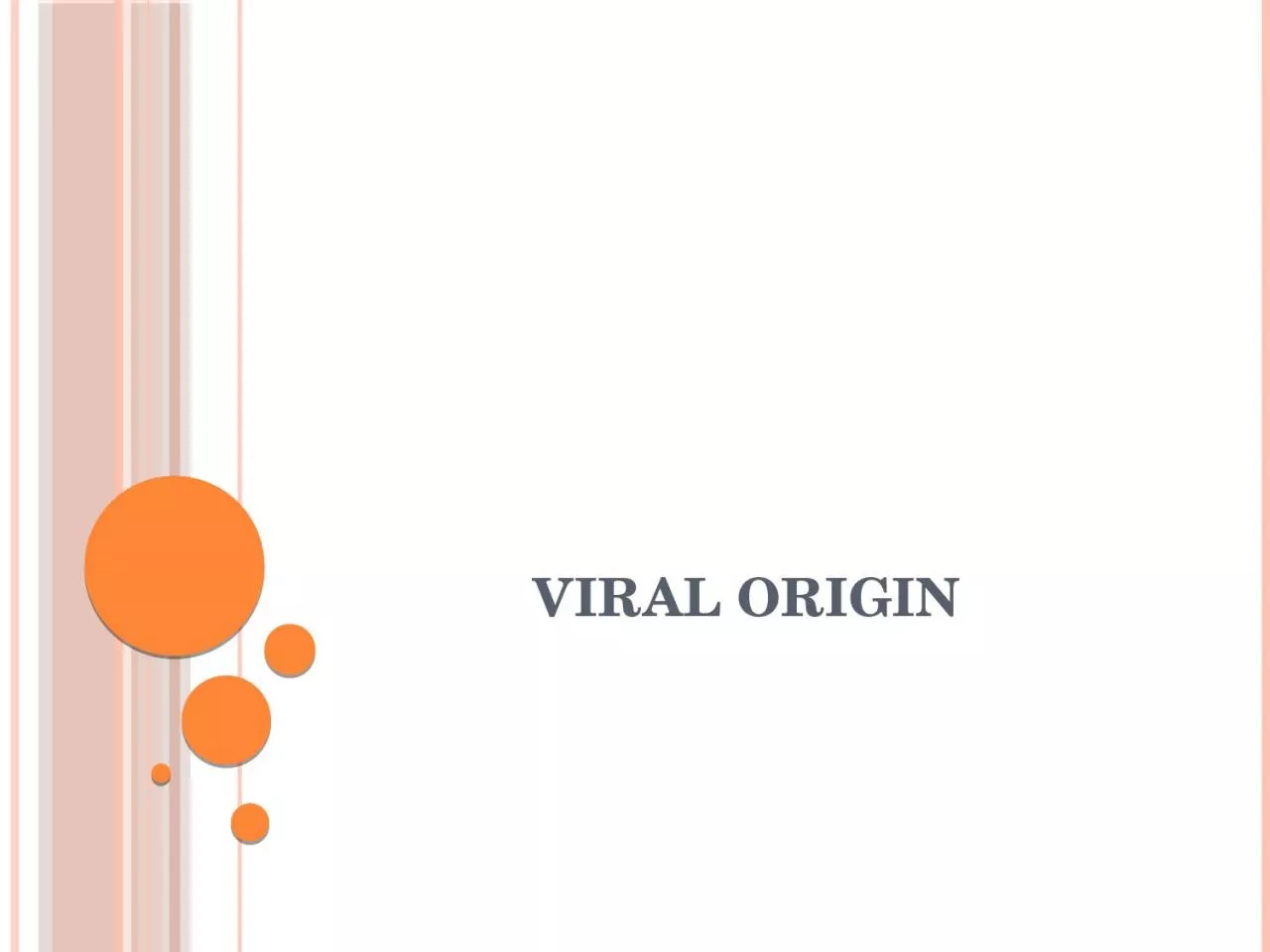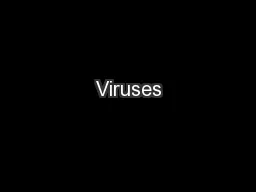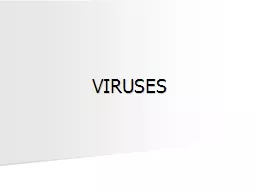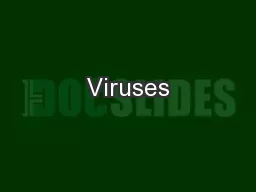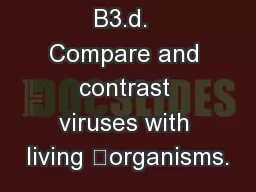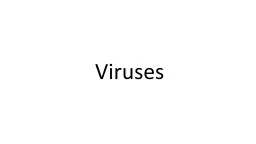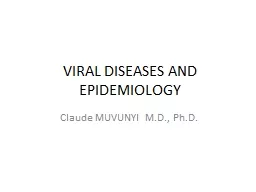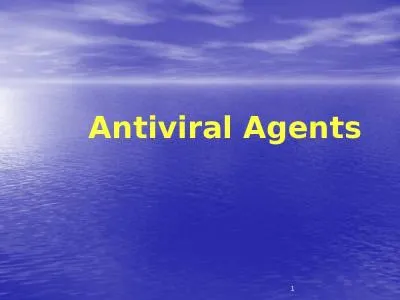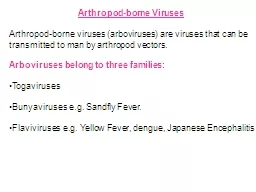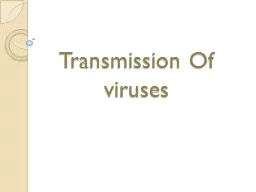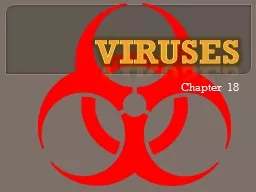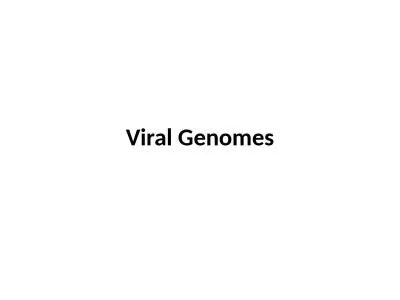PPT-Viral origin What are viruses?
Author : margaret | Published Date : 2023-08-31
Viruses are acellular organisms completely obligatory parasites The term virus means poison Most of them are disease causing Have a complex mechanism of hijacking
Presentation Embed Code
Download Presentation
Download Presentation The PPT/PDF document "Viral origin What are viruses?" is the property of its rightful owner. Permission is granted to download and print the materials on this website for personal, non-commercial use only, and to display it on your personal computer provided you do not modify the materials and that you retain all copyright notices contained in the materials. By downloading content from our website, you accept the terms of this agreement.
Viral origin What are viruses?: Transcript
Download Rules Of Document
"Viral origin What are viruses?"The content belongs to its owner. You may download and print it for personal use, without modification, and keep all copyright notices. By downloading, you agree to these terms.
Related Documents

